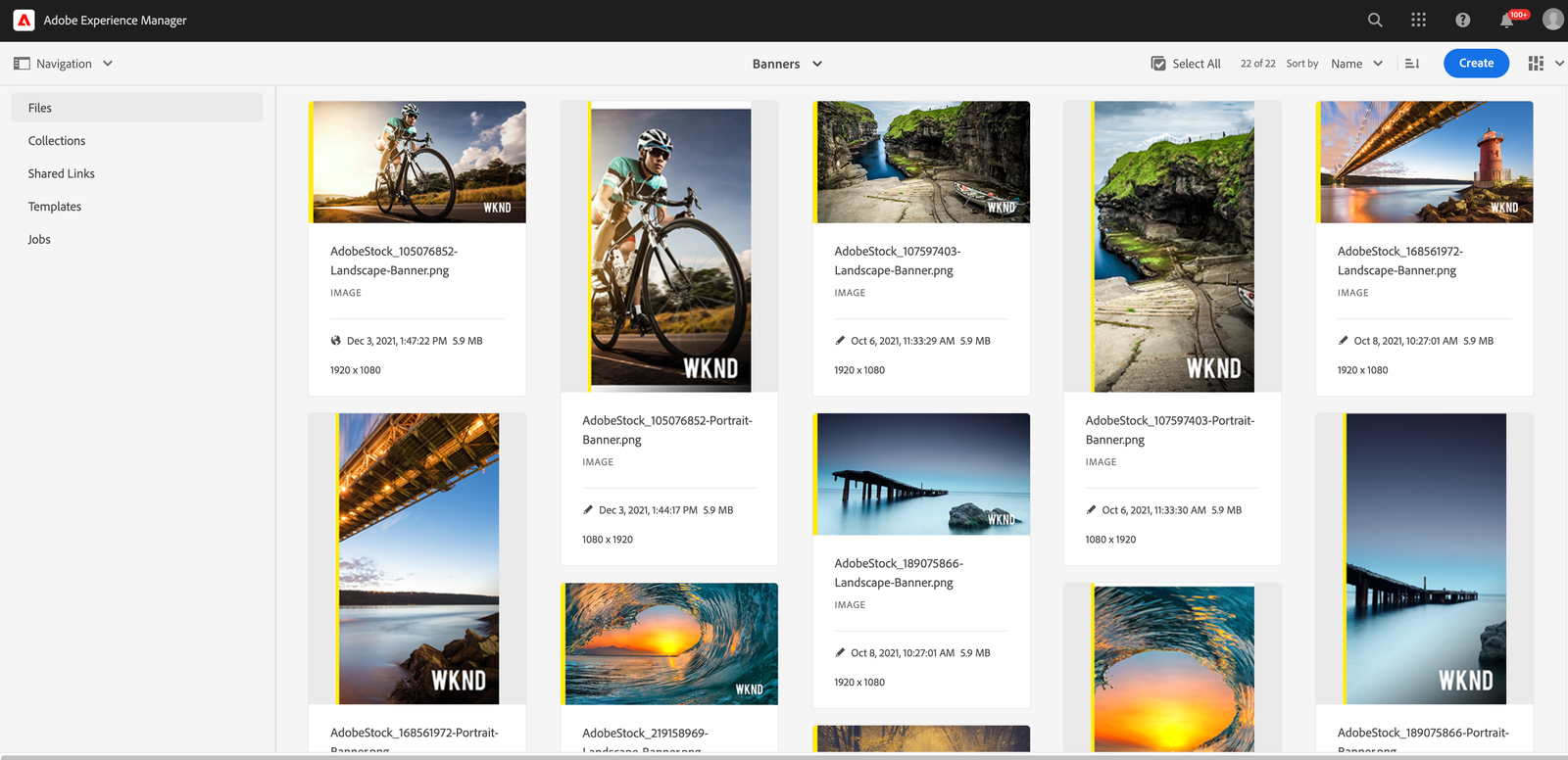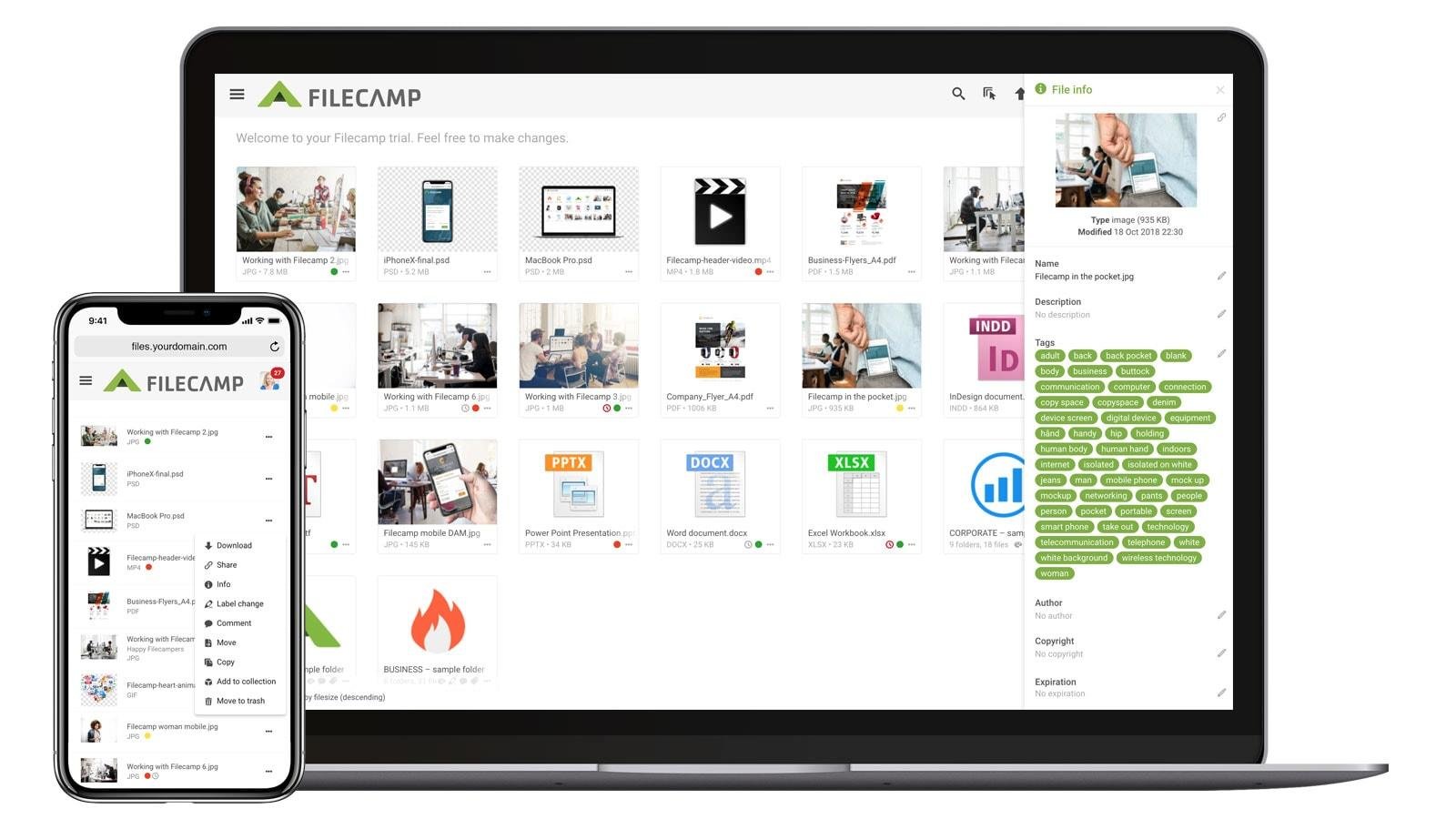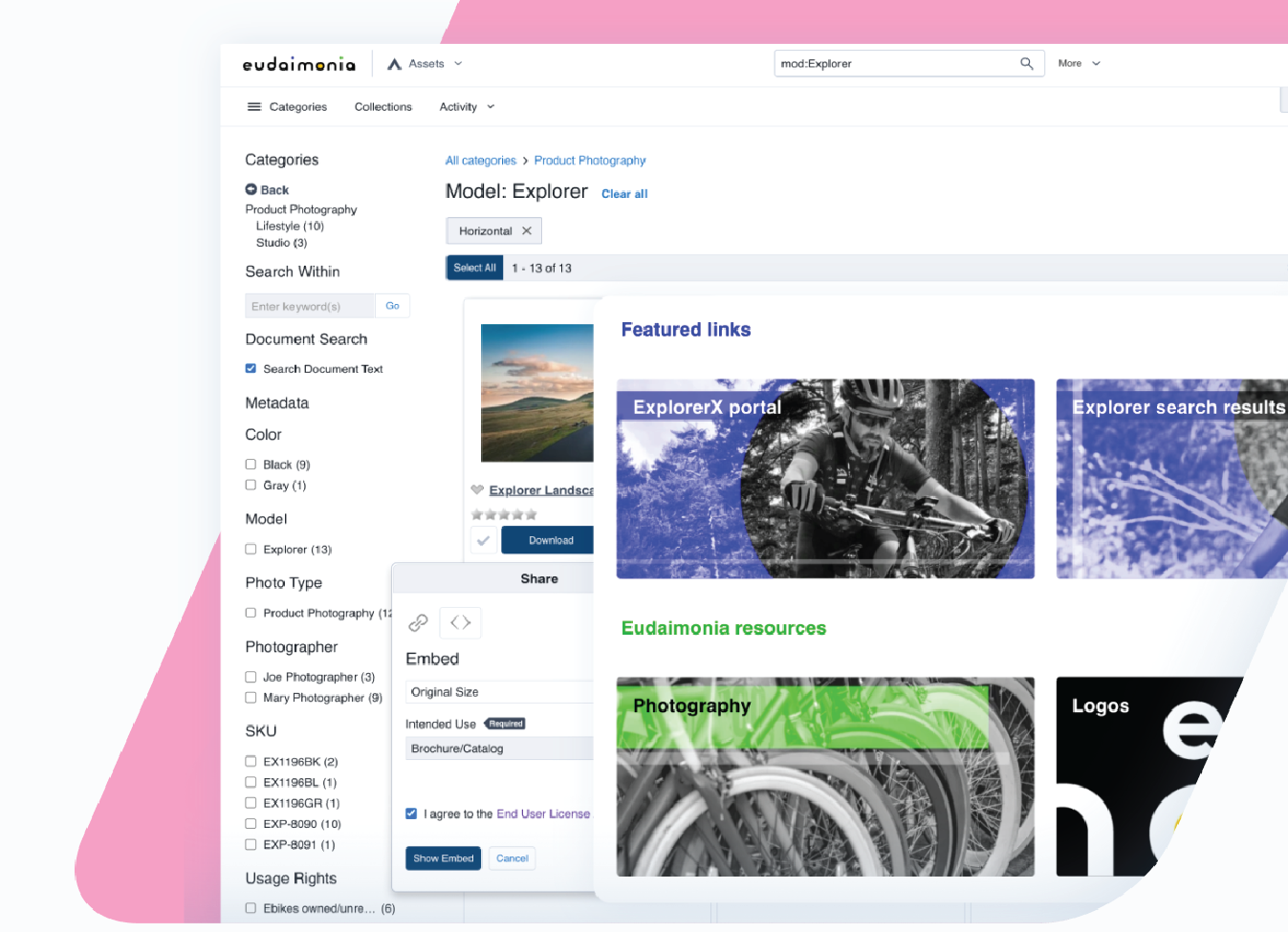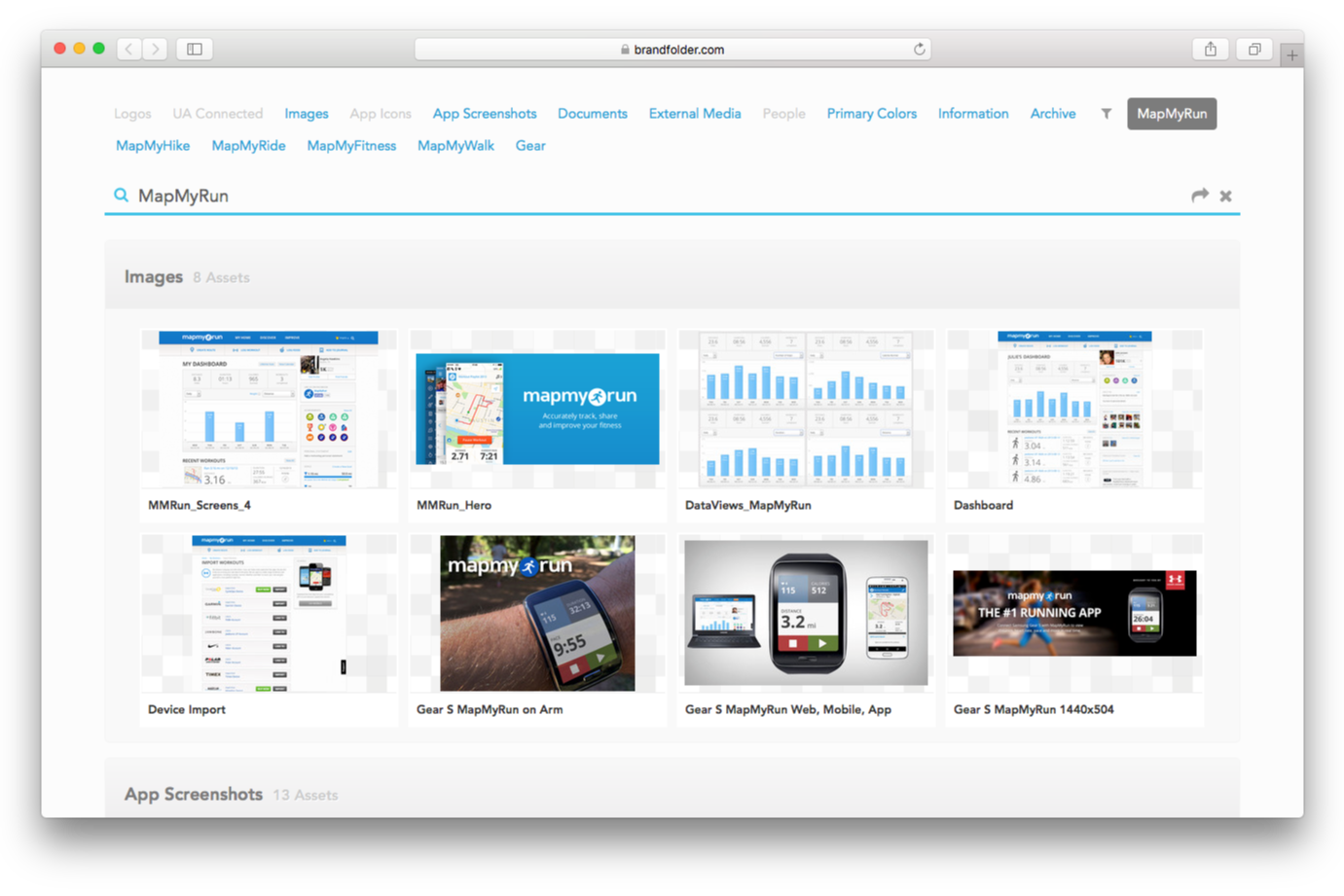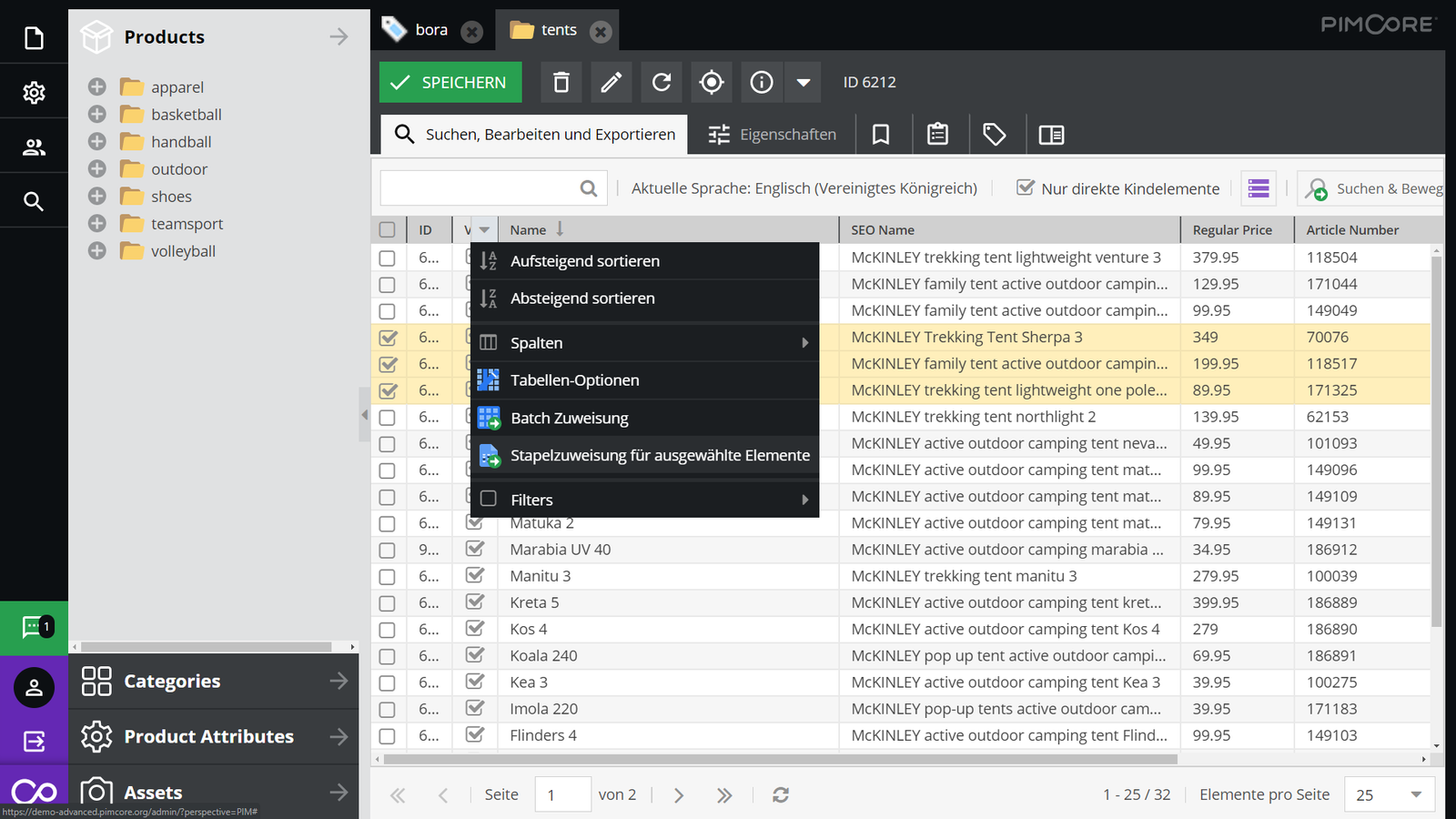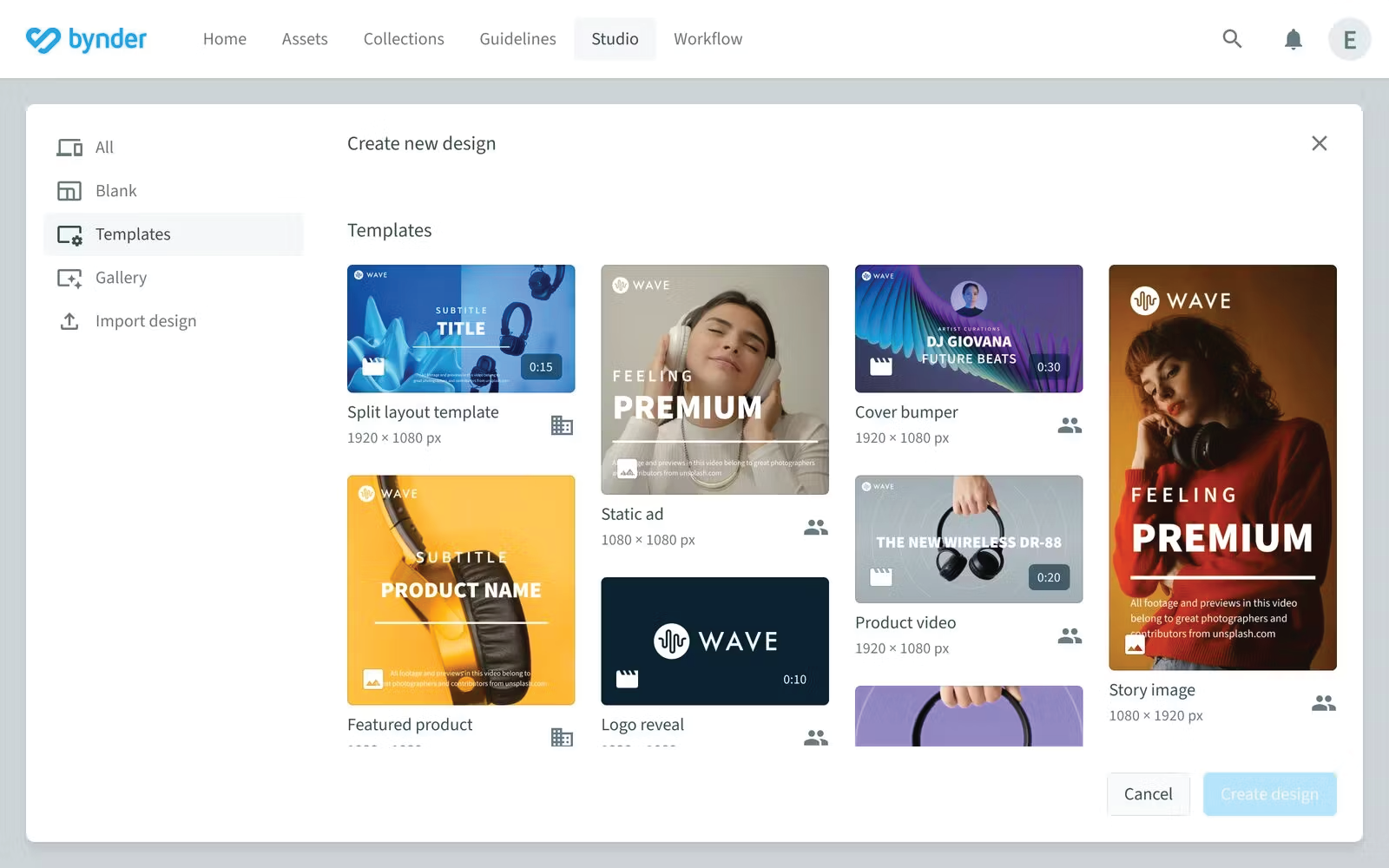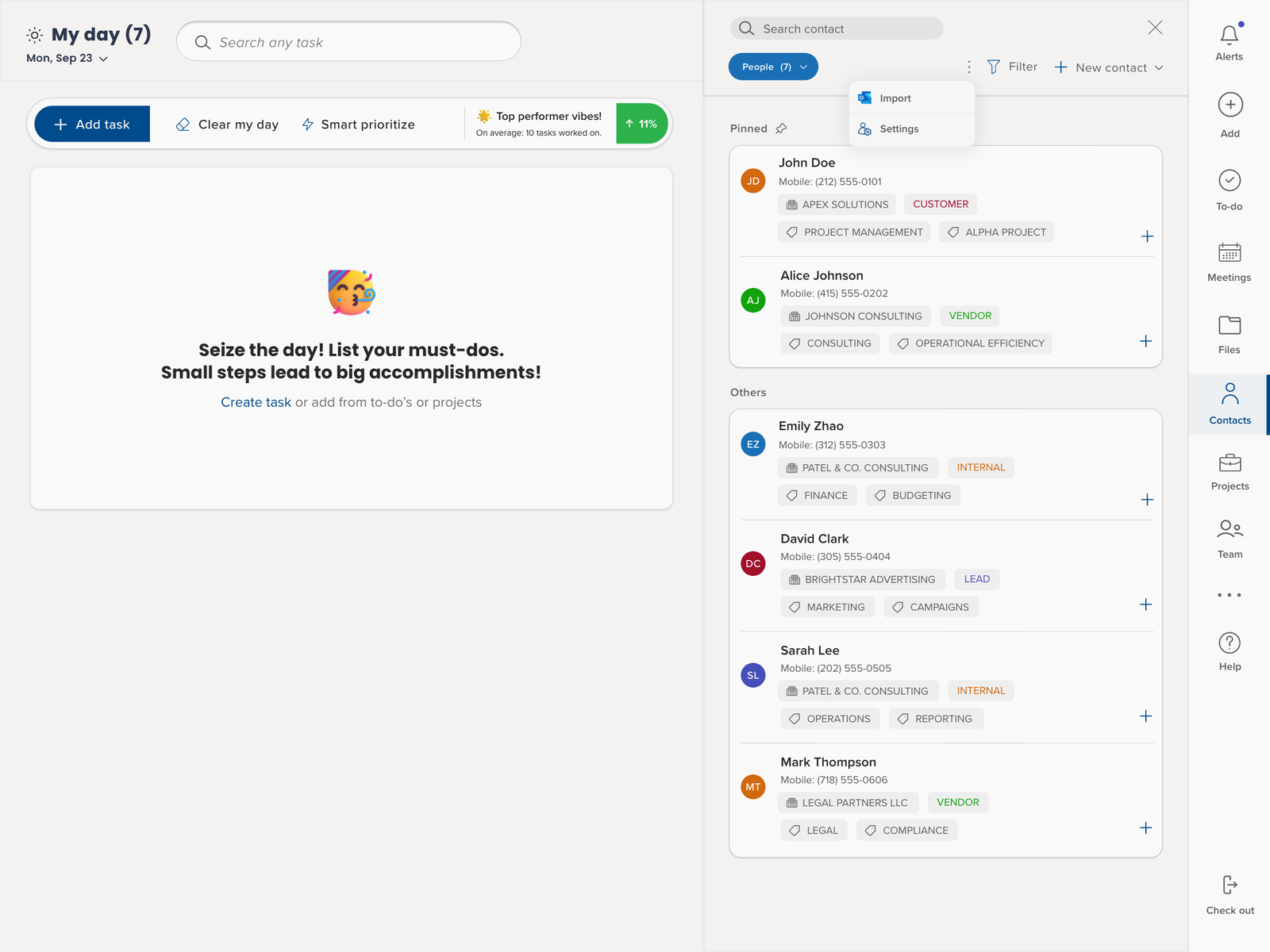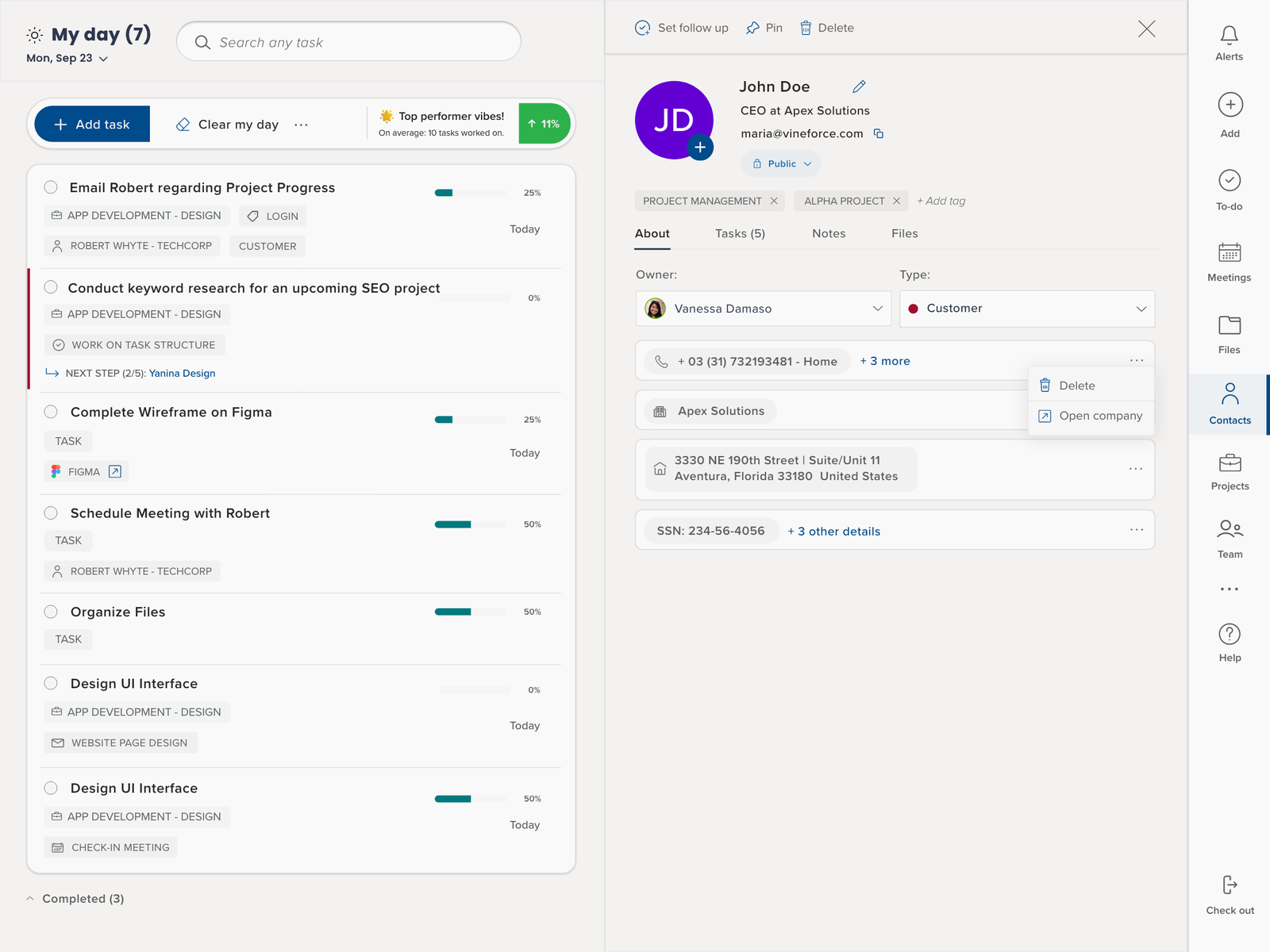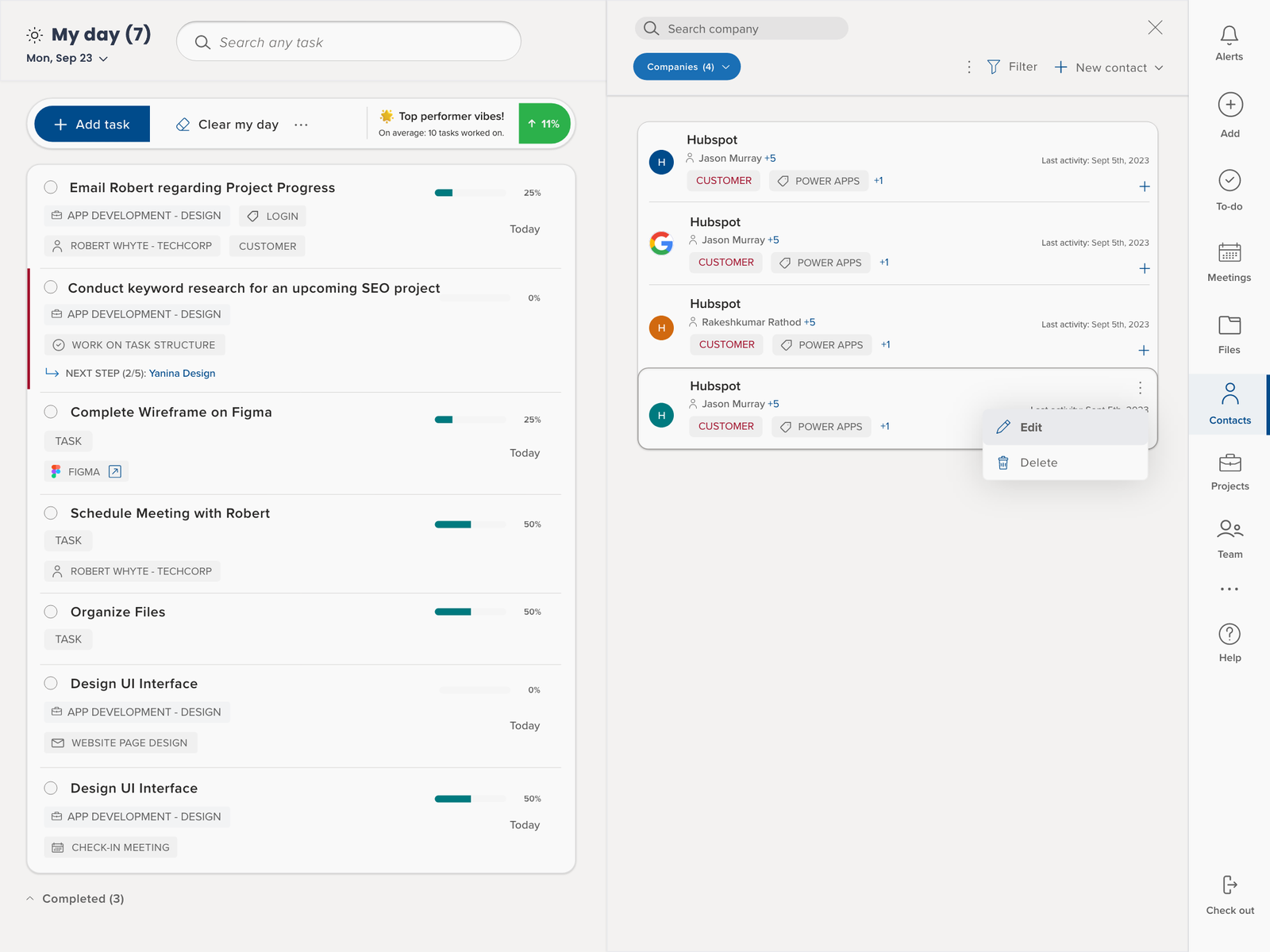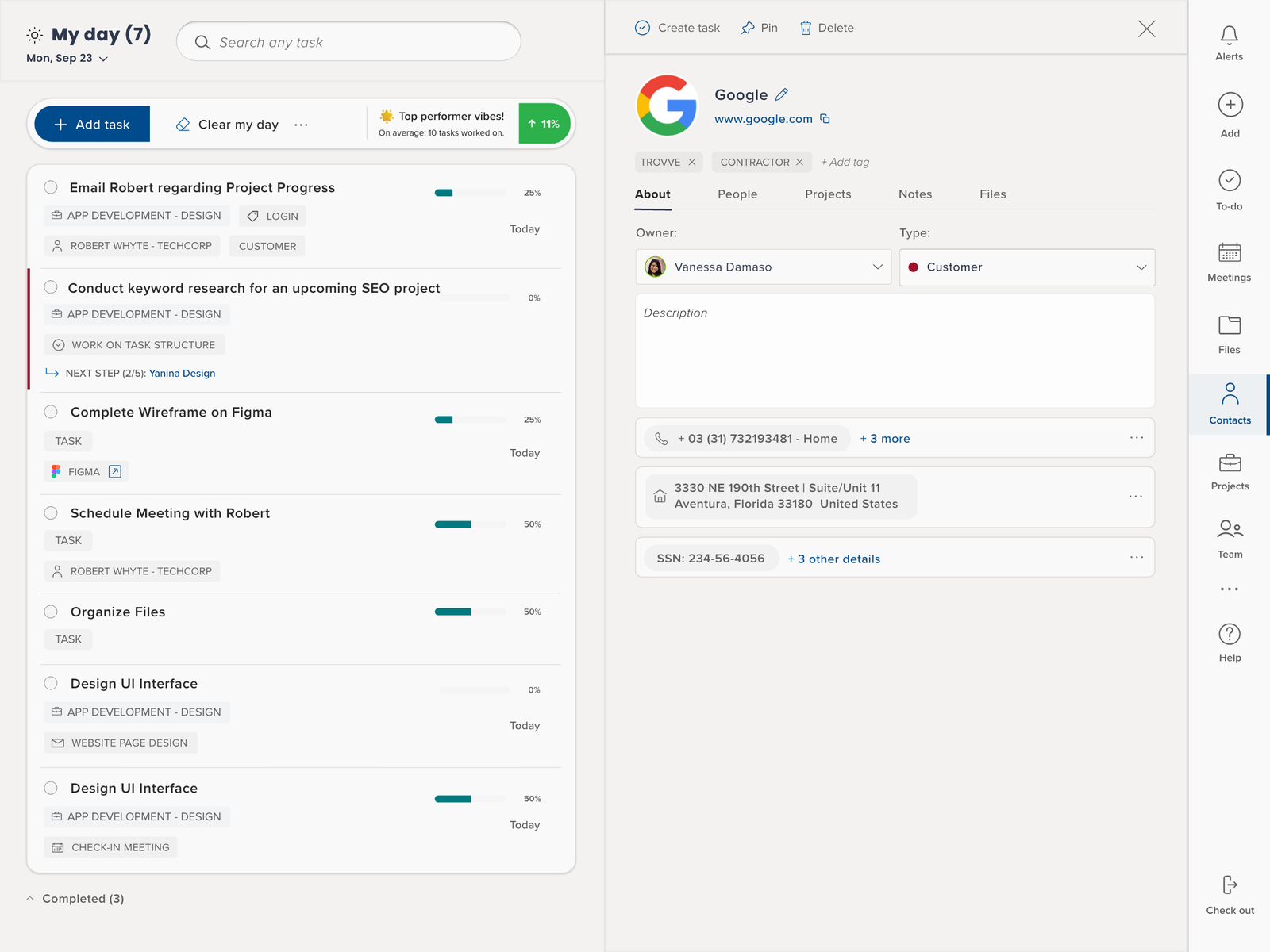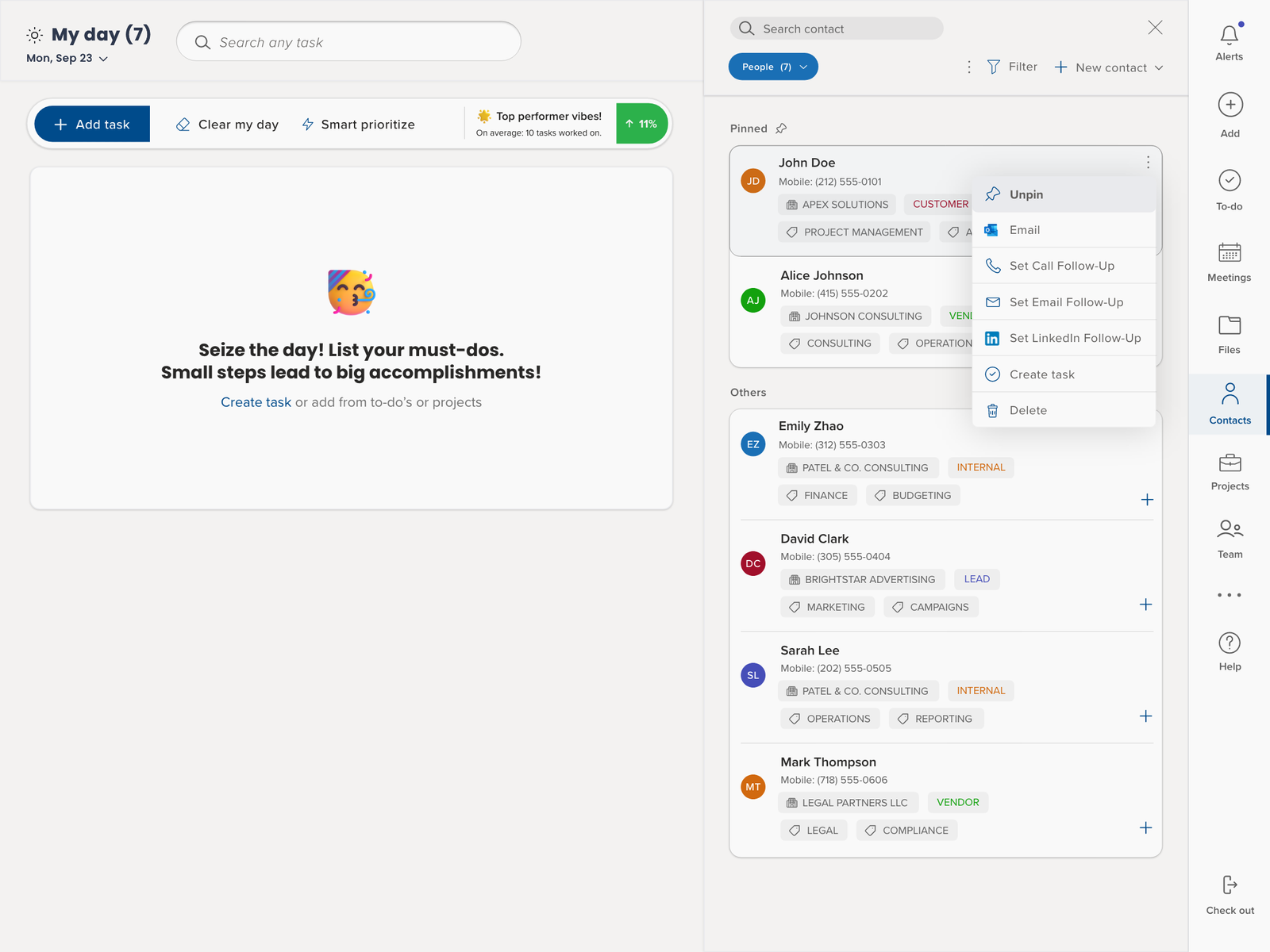The world of business is constantly changing, and so is the skill of project coordination, especially with the influence of digital technologies. This article explores how project coordination has changed in the digital era, a change that has reshaped the field of project management. Project coordination is the act of arranging different aspects of a project – from resources and timelines to tasks and team members – to make sure that goals are achieved efficiently and effectively. In the past, this required manual tracking and communication, often leading to a complex web of spreadsheets, emails, and meetings.
The role of project coordination cannot be understated in project management. It is the backbone that supports and aligns all project activities, acting as the glue that holds everything together. In traditional project management, coordination was about maintaining clear communication channels, ensuring timely completion of tasks, and aligning project goals with organizational objectives. However, with the digital revolution, the parameters and tools of project coordination have evolved dramatically. This evolution not only promises enhanced efficiency and productivity but also introduces new challenges and learning curves.
As we embark on this exploration of the digital transformation of project coordination, we will uncover how the integration of advanced technologies like AI, machine learning, and cloud-based tools has revolutionized this field. The journey from the roots of traditional project management to the futuristic trends shaping its horizon will offer invaluable insights for Project Managers striving to navigate and excel in this digital era.
The Roots of Project Coordination
The journey of project coordination is as old as civilization itself, with roots tracing back to monumental tasks like the construction of ancient wonders and wartime strategies. These early instances of project management, albeit primitive by today’s standards, laid the groundwork for modern methodologies. In these times, coordination was heavily reliant on direct communication, physical ledgers, and laborious manual planning. The Industrial Revolution marked a pivotal turn, introducing concepts like assembly lines and efficiency studies, which began shaping project management into a more structured discipline.
In the early 20th century, pioneers like Henry Gantt and Frederick Taylor introduced tools and concepts that are still recognized today, albeit in evolved forms. The Gantt chart, for instance, was a revolutionary visual planning tool, detailing project schedules, a precursor to the sophisticated digital tools we now use. Similarly, Taylor’s scientific management theory laid the foundation for systematic project planning and execution, emphasizing efficiency and productivity.
However, it wasn’t until the mid-20th century, with the advent of computers, that project coordination began its significant shift towards digital methodologies. The 1950s and 60s saw the development of Critical Path Method (CPM) and Program Evaluation and Review Technique (PERT), which were among the first to utilize computer algorithms for project scheduling and management. These methods allowed for more complex and precise project planning, marking a departure from the manual techniques of the past.
The digital revolution of the late 20th and early 21st centuries accelerated this evolution exponentially. The introduction of personal computers and the internet transformed project coordination from a paper-based, location-bound practice to a dynamic, digital-centric discipline. Project management software began to offer sophisticated features like real-time collaboration, cloud-based data storage, and automated task tracking, further pushing the boundaries of what was possible in project coordination.
As we entered the 21st century, project management continued to evolve with advancements in technology. The adoption of agile methodologies, which emphasize flexibility and iterative progress, signaled a significant shift from the rigid, linear approaches of the past. These methodologies, coupled with the latest digital tools, have allowed project coordinators to manage complex projects with unprecedented efficiency and adaptability.
This historical perspective not only highlights the evolution of project coordination from manual to digital methods but also underscores the adaptability and resilience of this field. As project management continues to evolve, understanding its roots provides invaluable context for appreciating the modern digital tools and methodologies that now define this discipline.
Digital Transformation in Project Management
The digital transformation in project management is not merely a shift in tools and technologies; it’s a complete overhaul of how projects are conceptualized, executed, and delivered. This seismic change, propelled by rapid advancements in digital technology, has reshaped the landscape of project coordination. At the forefront of this transformation are digital tools that have drastically enhanced efficiency, communication, and overall project visibility.
One of the most significant changes has been the move from static, siloed project plans to dynamic, integrated systems. Project management software platforms like Trovve, Asana, Trello, and Microsoft Project have revolutionized coordination by providing real-time, collaborative environments. These platforms enable project managers and teams to track progress, allocate resources, and adjust timelines instantaneously, fostering a more agile and responsive approach to project management.
Another pivotal advancement is the integration of cloud computing in project management. Cloud-based tools offer unparalleled flexibility, allowing team members to access project information, communicate, and collaborate from anywhere in the world. This has been particularly crucial in adapting to the remote work models that have become increasingly prevalent. Tools like Slack and Zoom complement these systems, facilitating seamless communication and collaboration across geographically dispersed teams.
Artificial Intelligence (AI) and machine learning are also playing a transformative role in project coordination. AI-driven analytics can predict project outcomes, identify risks, and offer data-driven recommendations for improvement. Machine learning algorithms are being used to optimize resource allocation, automate routine tasks, and streamline decision-making processes. For example, AI can analyze past project data to forecast timelines and budgets with greater accuracy, reducing the likelihood of overruns.
Moreover, the rise of Big Data has allowed project managers to leverage vast amounts of information for better decision-making. By analyzing trends, patterns, and relationships in project data, managers can gain insights that were previously inaccessible, leading to more informed strategies and execution plans.
These digital advancements have not only enhanced traditional project management practices but have also given rise to new methodologies. Agile and Scrum, for instance, have gained prominence in the digital era, emphasizing iterative development, flexibility, and customer-centric approaches. These methodologies are particularly suited to the fast-paced, ever-changing environment of digital projects.
AI and Machine Learning in Project Planning and Execution
The integration of Artificial Intelligence (AI) and machine learning into project management is not just an innovation; it’s a revolution. These technologies are redefining the efficiency and capabilities of project planning and execution. AI systems, with their ability to process vast amounts of data and learn from it, are providing project managers with insights and automations that were once unthinkable. Researchers, startups, and innovating organizations are beginning to apply AI, machine learning, and other advanced technologies to project management. By 2030, the field will undergo major shifts. Technology will soon improve project selection and prioritization, monitor progress, speed up reporting, and facilitate testing. Project managers, aided by virtual project assistants, will find their roles more focused on coaching and stakeholder management than on administration and manual tasks.
One of the primary benefits of AI in project management is predictive analysis. AI algorithms can analyze historical project data to identify patterns and predict potential risks or delays before they occur. This predictive capability allows project managers to proactively adjust, thereby avoiding pitfalls and keeping the project on track. For example, an AI system might analyze past project timelines and alert managers to sections that consistently take longer than anticipated, suggesting a need for more resources or a revised approach.
AI is also enhancing decision-making processes. By processing complex datasets, AI can provide recommendations for resource allocation, budget distribution, and timeline settings. This not only speeds up the planning phase but also increases its accuracy, leading to more successful project outcomes. A case in point is IBM’s Watson, which has been used in various industries to optimize project management decisions by analyzing large volumes of data.
However, integrating AI into project coordination is not without its challenges. One significant concern is the reliance on data quality. AI’s effectiveness is contingent on the availability and accuracy of data, making it essential to maintain robust and reliable data collection and management systems. Additionally, there’s the challenge of integrating AI tools with existing project management software and processes, which can require substantial time and investment.
Despite these challenges, the benefits of AI and machine learning in project management are undeniable. They not only enhance efficiency and accuracy but also free up project managers to focus on more strategic aspects of their projects. As AI technology continues to evolve, its role in project planning and execution is poised to become even more impactful, paving the way for a new era of digital project management.
The Rise of Cloud-Based Project Management Tools
The emergence of cloud-based project management tools marks a significant milestone in the digital transformation of project coordination. These tools have revolutionized the way projects are managed by offering unparalleled flexibility, scalability, and collaboration capabilities. Central to their advantages is the ability to access project data and tools from anywhere, breaking down geographical barriers and enabling real-time collaboration among dispersed teams.
A cloud-based project management tool that is attracting attention for its easy-to-use interface, Microsoft 365 integration and distinctive way of managing projects is Trovve. Trovve is different because it has strong features for managing tasks, monitoring teams, collaborating in real time, and generating checklists and reports with Ai. It enables project managers to follow progress, distribute resources efficiently, and keep in touch with the project team, all within a cloud-based platform.
Other leading tools in this space include Asana, which is renowned for its intuitive design and flexibility, allowing teams to customize workflows to fit their specific needs. Trello, with its simple, card-based task management system, is favored for its simplicity and visual approach to project tracking. Meanwhile, Microsoft Project offers a more traditional, feature-rich environment suited to complex project management needs.
These cloud-based solutions share common benefits such as scalability, allowing them to cater to projects of many sizes and complexities. They also offer integration capabilities, enabling them to work seamlessly with other tools and software, enhancing overall productivity and efficiency. Real-time data synchronization ensures that all team members have access to the latest information, vital for making timely decisions and adjustments.
The rise of cloud-based project management tools like Trovve and others has not only simplified project coordination but has also empowered teams to work more collaboratively and efficiently. As these tools continue to evolve, they are set to further streamline project management processes, making them more adaptive and effective in the fast-paced digital world.
Navigating Remote Project Coordination Challenges
The shift to remote project management, accelerated by global trends towards remote work, brings its own set of challenges. Key among these is the issue of communication. In a remote setting, the lack of face-to-face interaction can lead to misunderstandings and a sense of disconnect among team members. Additionally, tracking progress and maintaining team cohesion becomes more complex when team members are spread across various locations and time zones.
However, these challenges are not insurmountable. The solution lies in leveraging digital tools and adopting best practices tailored for remote environments. Effective communication tools like Slack and Zoom have become essential, enabling real-time discussions and virtual meetings that replicate the immediacy of in-person interactions. Project management tools like Trovve, Asana or Trello, as mentioned earlier, help in tracking tasks and progress transparently, ensuring everyone is on the same page.
Best practices for remote project coordination also include regular check-ins and updates. These can be structured as daily stand-up meetings or weekly project reviews, providing regular touchpoints for the team to align on goals and progress. It’s also crucial to foster an environment of open communication where team members feel comfortable sharing challenges and successes.
Another vital aspect is setting clear expectations and deadlines. In a remote setting, where supervision is less direct, having well-defined goals and timelines helps maintain focus and productivity. Also, recognizing and accommodating different time zones in scheduling meetings and deadlines ensures inclusivity and respect for the team’s diverse locations.
While remote project coordination presents unique challenges, a combination of effective digital tools and strategic best practices can create a productive and cohesive remote project management environment. Embracing these solutions not only addresses the challenges of remote work but also capitalizes on its benefits, such as flexibility and access to a diverse talent pool.
Future Trends in Project Coordination
As we look towards the future of project coordination, it’s clear that the field will continue to be shaped by emerging technologies and evolving methodologies. One significant trend is the increasing use of advanced analytics and big data. Project managers will rely more on data-driven insights for decision-making, utilizing complex datasets to optimize project outcomes. The growing prominence of AI and machine learning will further enhance this trend, enabling more sophisticated predictive models and real-time analytics.
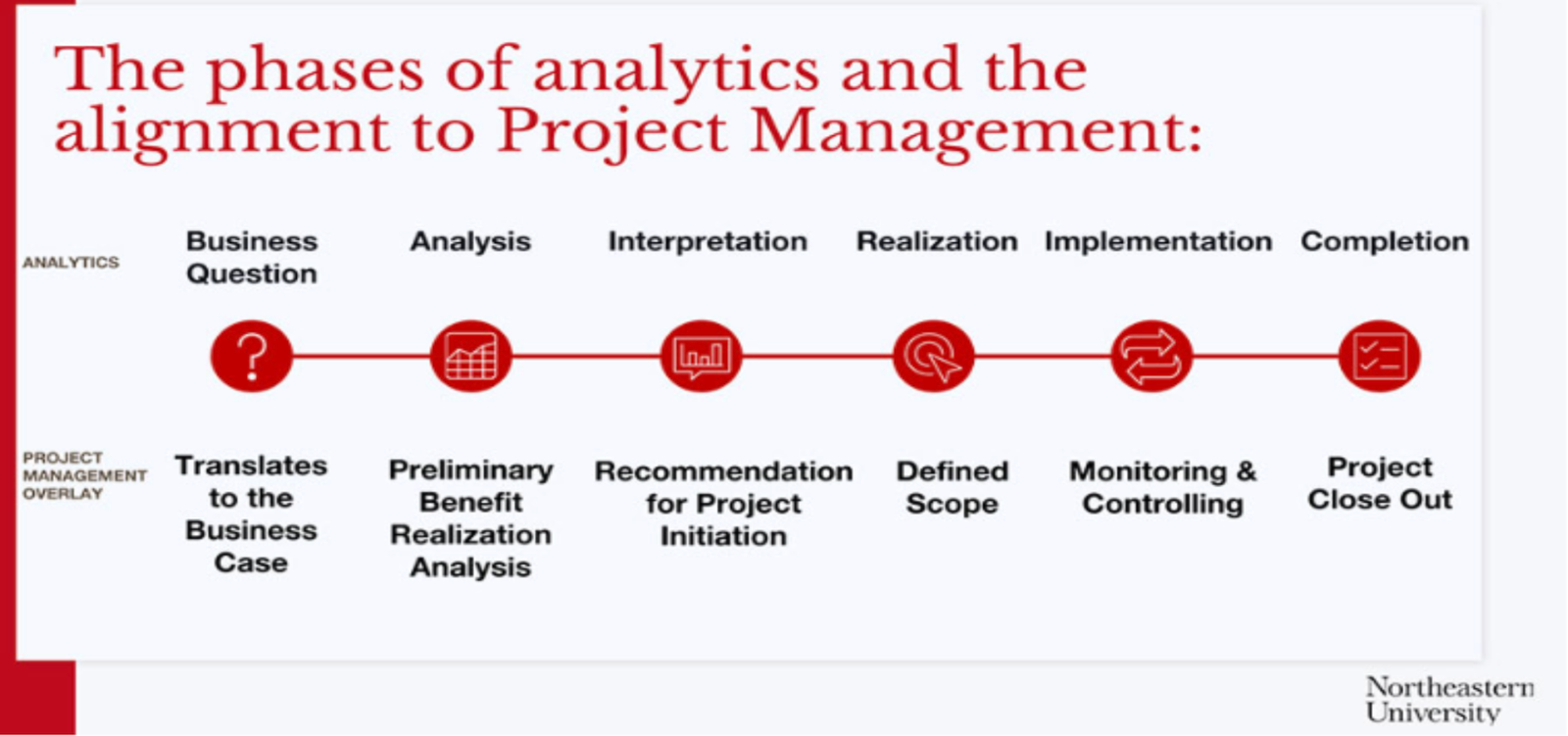
Another area set to impact project coordination is the integration of the Internet of Things (IoT). With IoT, project managers can expect more interconnected project environments, where real-time data from various sources is synthesized for comprehensive monitoring and management. This could lead to more efficient resource utilization and enhanced project tracking.
Additionally, the rise of virtual and augmented reality (VR and AR) technologies holds the potential to transform project planning and visualization. These technologies could be used for immersive project simulations, allowing project teams to identify potential issues and adjust before implementation, thereby reducing risks and costs.
For project managers to prepare for these upcoming changes, continuous learning and adaptation are key. Staying abreast of technological advancements and integrating new tools and methods into their practices will be essential. Embracing a culture of innovation and being open to experimenting with innovative approaches will also be critical for success in this evolving landscape.
The future of project coordination is poised to be more data-driven, interconnected, and immersive. Project managers who are proactive in adopting modern technologies and adapting to changing methodologies will be well-equipped to lead their teams through the evolving landscape of digital project management.
Conclusion
To sum up, the evolution of project coordination in the digital era marks a major change in project management. From the old days of manual methods to the current situation dominated by digital tools like AI, machine learning, and cloud-based platforms, the field has undergone remarkable changes. As we use technologies like Trovve, which simplify project coordination with its advanced features and user-friendly interface, the need to adapt to these digital developments becomes more evident. For project managers, keeping ahead in this dynamic environment means constantly learning and integrating innovative technologies. If you are looking for a new tool and you use Microsoft 365, try Trovve it is designed to help you towards more efficient, innovative, and successful project management.










